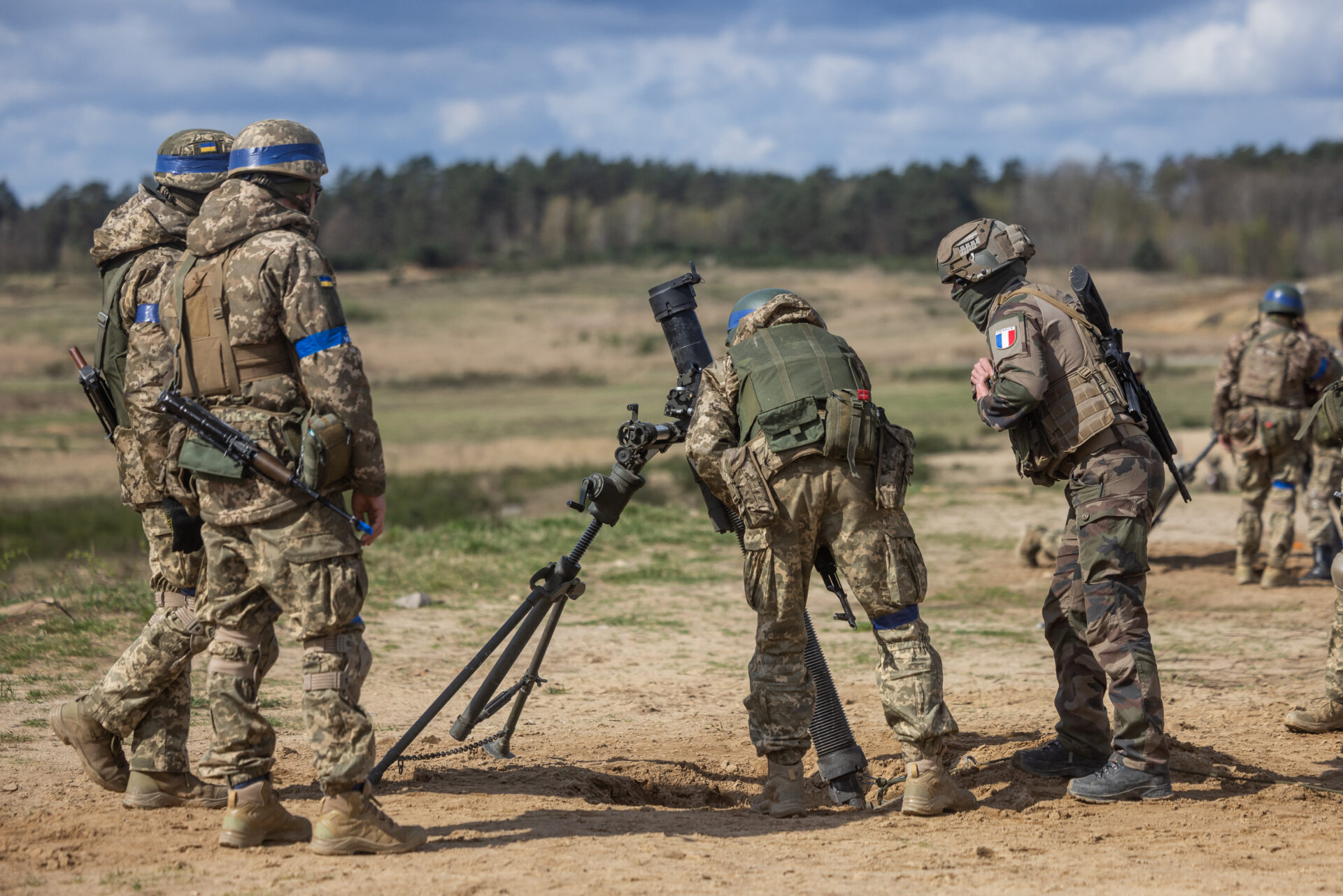
Brussels – During a press conference on Wednesday, Tony Murphy, President of the EU Court of Auditors (ECA), stated that the EU’s military mobility budget remains “relatively modest” in comparison to actual needs. The latest ECA report reveals significant barriers to “military mobility” within the EU, specifically the transportation of troops and equipment across internal borders. The EU action plan addressing this issue has not proven effective.
Murphy remarked that the objectives related to defense have evolved, noting, “War has returned to the continent.” He emphasized that logistics play a crucial role in military operations, paraphrasing the saying, “logistics win wars.” The report indicates that armed forces in EU member states still lack the capability to mobilize quickly across the entire EU. For the first time, the EU budget for 2021-2027 has allocated funds for transport infrastructure that can serve both civil and military purposes.
The urgency for enhancing military mobility within the EU has intensified in light of Russia’s aggression towards Ukraine. The European Commission published a second action plan on military mobility under significant time constraints in November 2022, which auditors criticize for its “conceptual weaknesses.” They call on the European Commission to better monitor its implementation and more accurately assess progress and challenges.
“Military mobility is essential for a credible EU defense capability and must advance more rapidly. We have not yet achieved the necessary pace due to ongoing obstacles,” stated Marek Opioła, a member of the Court of Auditors responsible for the report. Bureaucratic hurdles often impede the movement of military units; for instance, tanks from one EU nation cannot transit through another if they exceed local traffic weight limits.
Funds are depleting ahead of schedule
The auditors found that the European Commission had not sufficiently analyzed demand when creating its action plan. With a budget of 1.7 billion euros for the 2021-2027 period, the EU’s allocation for military mobility is relatively low. While the EU acted swiftly to make these funds available, signaling political commitment, the demand for financing has significantly outstripped supply, leading to depletion of resources by the end of 2023. This has resulted in a funding shortfall lasting over four years. Murphy noted that a key issue facing EU countries is the absence of a “central contact point” for coordinating EU initiatives related to military mobility. The Court of Auditors recommends establishing such a coordinating body.
To address current and future funding deficits, the Commission should explore financing options for dual-use infrastructure projects within the multiannual EU budget, potentially utilizing resources from the transport sector, according to another report recommendation.
The auditors further criticized the lack of attention paid to geopolitical and military factors, as well as the strategic significance of locations, in the selection of funded dual-use infrastructure projects. Most EU funding has been directed toward projects in the eastern regions, with minimal investment along the southern route toward Ukraine. Austria, having not applied for EU funds for dual-use projects, was not included in the countries audited.
Austria’s role in the Trans-European Transport Network
Nonetheless, Austria is integral to the Trans-European Transport Network, which includes four core corridors (Rhine-Danube, Baltic-Adriatic, Scandinavian-Mediterranean, and Western Balkan-Eastern Mediterranean) running through the country; EU funding for civilian TEN-T transport projects in Austria is common. To enhance military mobility within the EU, Austria has engaged in efforts to simplify and standardize cross-border military transport procedures.
The individual EU states hold responsibility for the territorial defense of the Union, with NATO playing a significant role as well; 23 out of 27 EU member states are NATO members. According to a 2024 review by the European Defense Agency, total defense expenditures among EU member states are projected to rise by over 30 percent from 2021 levels, reaching an estimated 326 billion euros in 2024, which would represent a “historically unprecedented share” of 1.9 percent of the EU’s GDP. (02.06.2025)



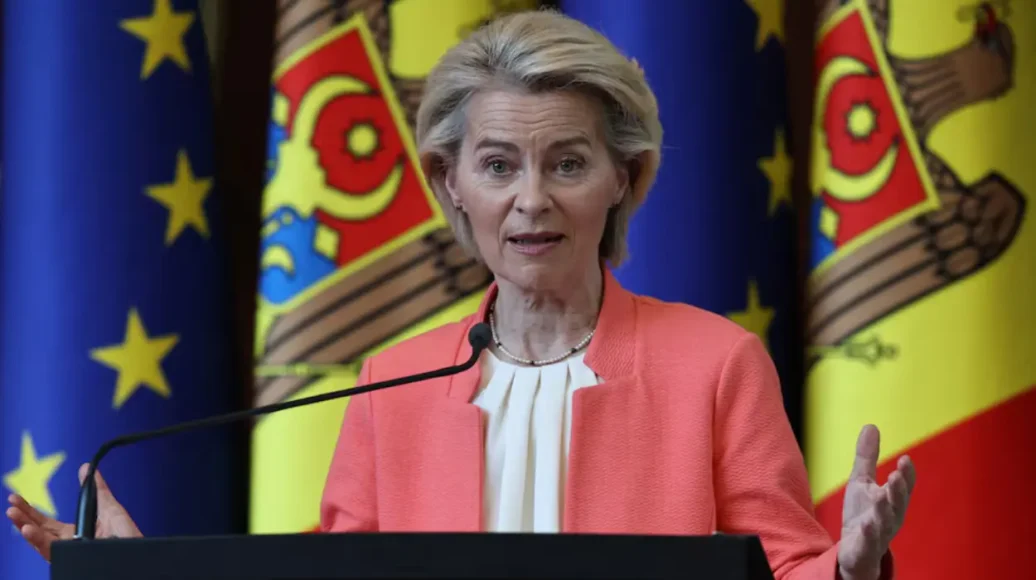
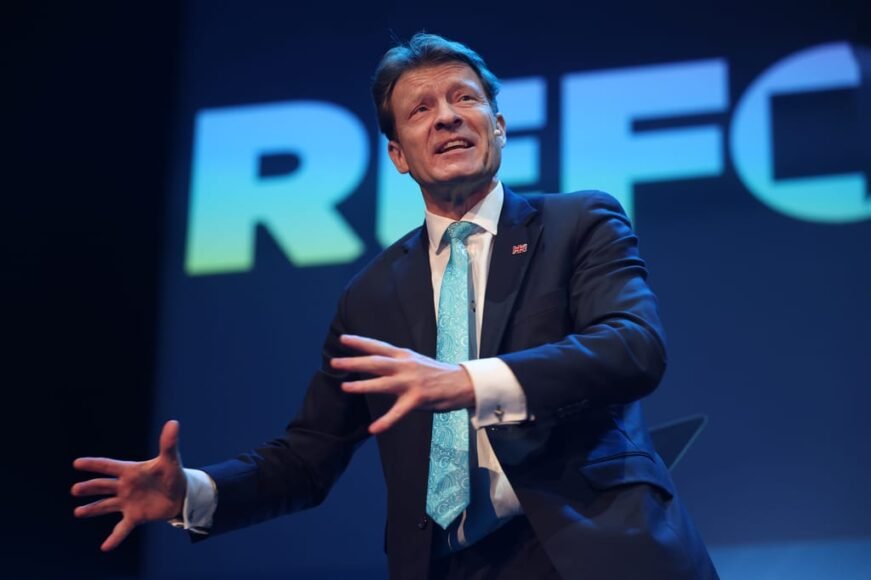
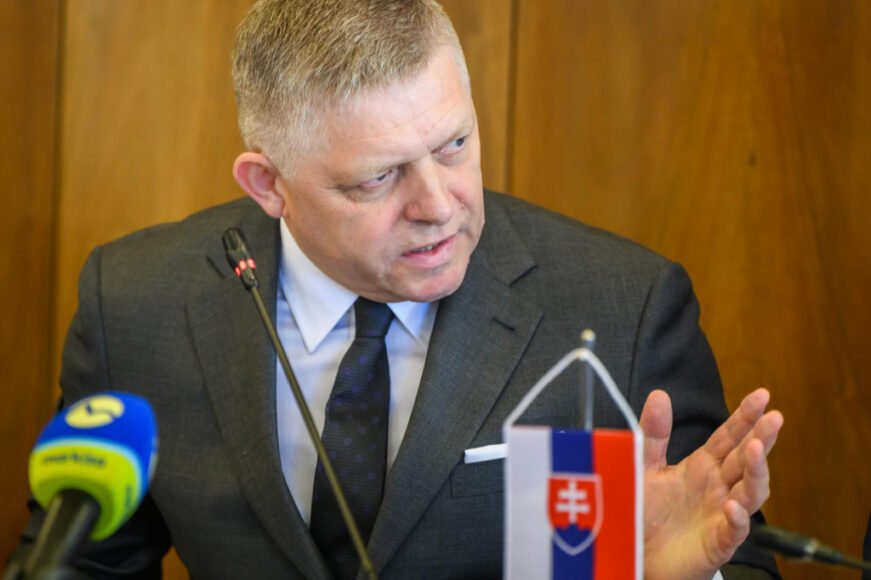
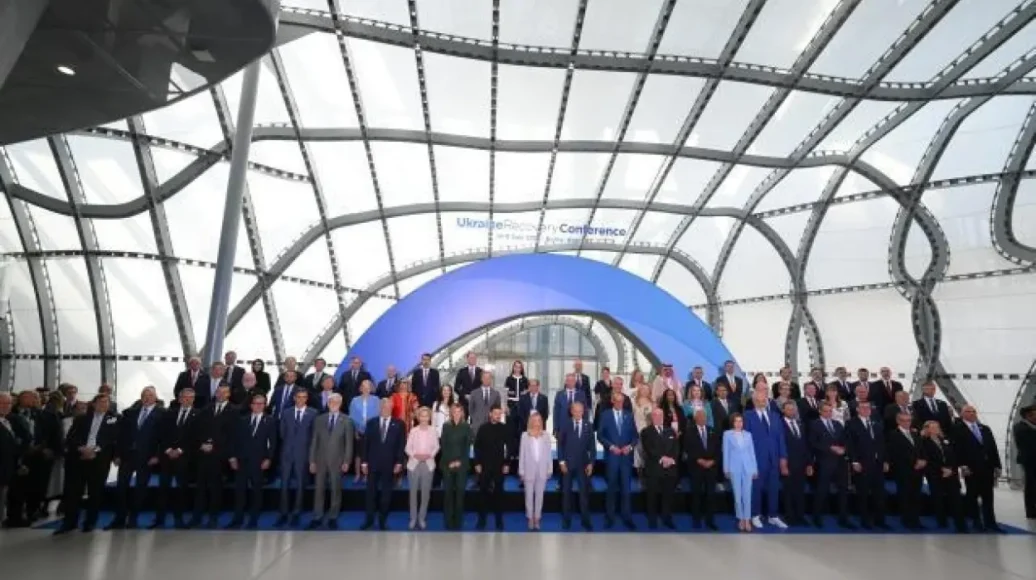

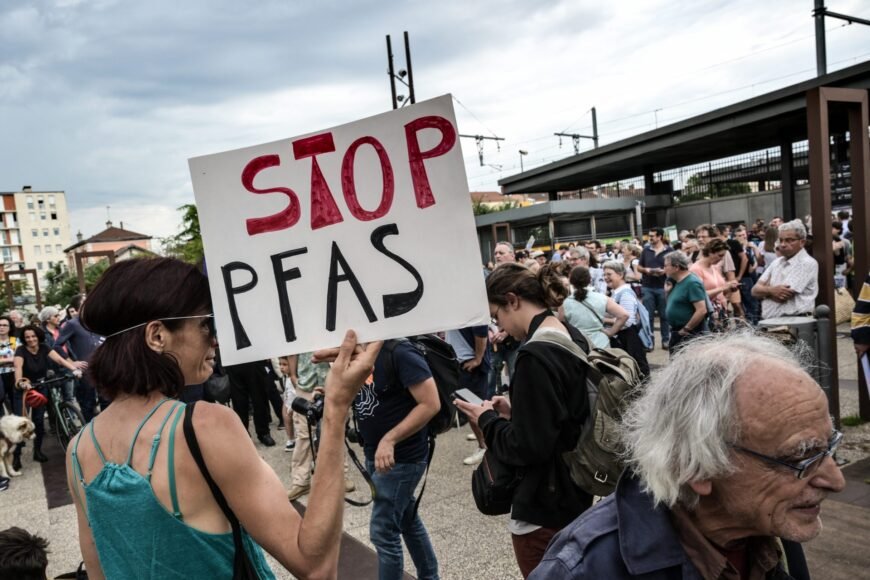




Leave a Reply